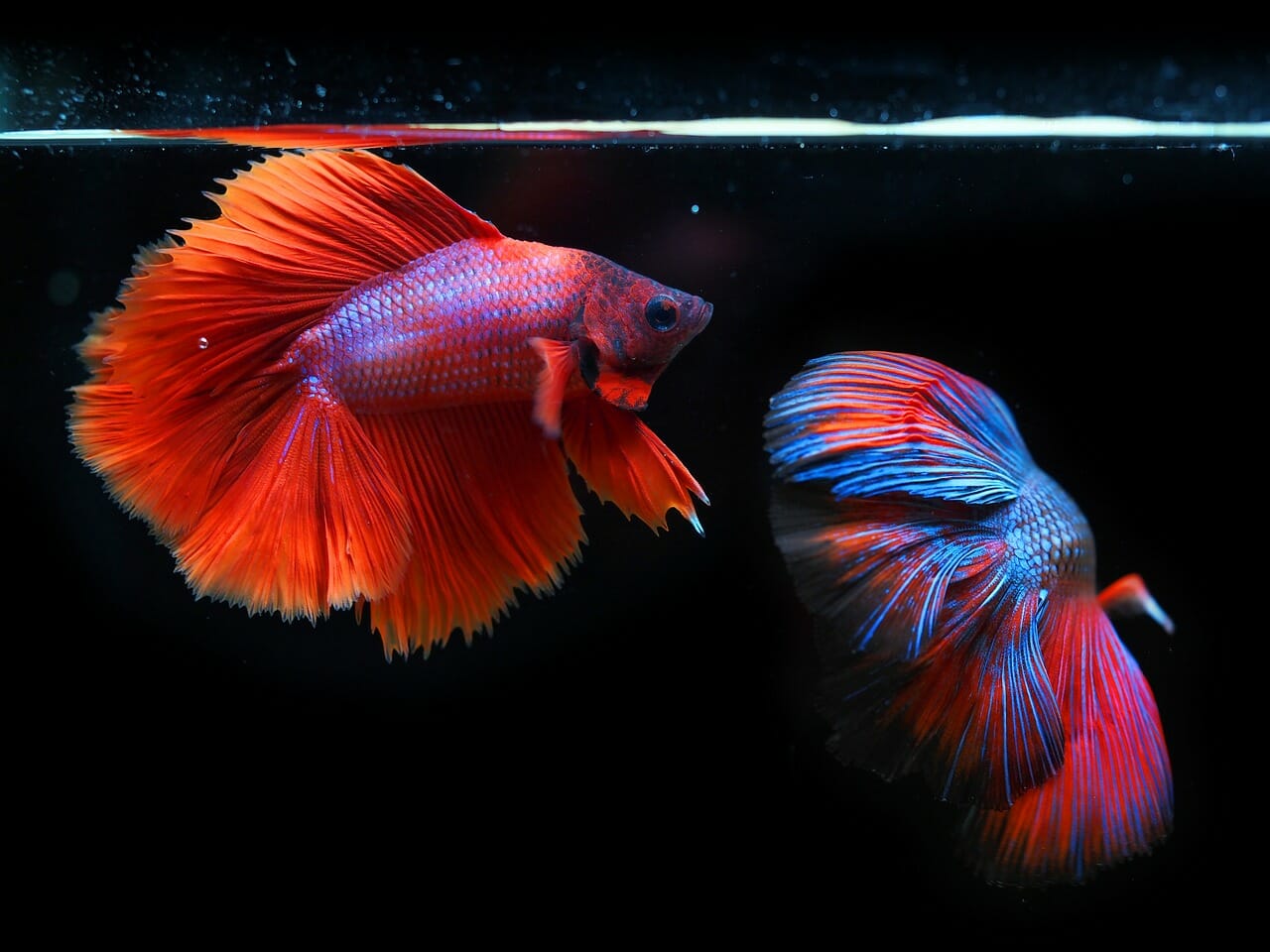Buying Betta fish is exciting for betta lovers! These colorful, low-maintenance pets are a great addition to any home. But it’s important to know how you can choose a healthy one and take care of it the right way.
But before buying your betta fish, you need to know which trustworthy platforms are offering healthy betta fish for sale.
Here is a simple guide to help you buy healthy betta fishand take good care of it.
Aquarium Setup:
Before buying Betta fish, you should set up your aquarium.
The aquarium should be cycled about two weeks before adding the fish.
Selecting a Seller
- Try a pet store.If you decide to go the pet store route, it’s best to go with a reputable pet store that specializes in selling only these animals. Department stores, or large chain pet stores, may keep betta in small containers and in poor conditions, putting the fish at greater risk of health problems.
- Look into breeders. Many people prefer to go to a breeder to buy a son. Breeders generally know how to breed healthy fish. Breeders can also be more ethical than pet stores, as they are dedicated to keeping fish in safe, healthy conditions and finding responsible pet owners. However, getting a beta from a breeder may take a little longer. Try to locate a betta breeder nearby if possible. You can look online or keep your eyes open for ads in local newspapers or places like pet supply stores and animal clinics.
- Consider buying a betta online. If you want a high quality purebred son, you can buy online from a reputable breeder. Many breeders are willing to sell and consign their puppies online as long as you are willing to talk to them to confirm that you will be a responsible owner.
Examining the Fish
- Check the size of the fish to determine how old it is. Since bettas can live anywhere from five to seven years, if you want to maximize the time you spend with your betta, you should try to find something smaller. Be careful, because baby betta fish have different needs and will die if you treat them like adults.
- Look at the colors. Most bettas are brightly colored, but some have lighter colors that fill the spaces between the stripes and spots. Some betta breeds, such as the Piebald and Cambodian betta, are lighter in appearance, with a peach color.
- Check the wings. Feathers must be free from discoloration, disease or visible injuries. If you notice clamped fins, it may signal illness in the betta or poor water conditions. Black, cracked fins can be a sign of fin rot.
- Check the gills. Look for a betta with healthy gills when making your selection. Both gills should open and close without difficulty. If the fish is gasping for air and one or both sets of gills are not opening and closing, this is a sign of poor health. Red marks around the gills can indicate poor health as well.
- Look at the body. You should scan the beta’s body immediately before purchasing it to make sure it is in good health. Make sure the beta has no obvious signs of illness. A healthy son will be free of the following:
· Missing wings
· A lump or lump
· Red lines on the gills.
· The sprinkled salt appearance
· White, patchy patches (not to be confused with normal colored patches)
· A distended stomach
· Raised scales
· Examine the eyes. You want to make sure your son’s eyes are healthy as well. Ideally, beta eyes should be clear black. Milky eyes, silvery or completely white eyes, bulging eyes, or reddish circles around the eyes are all signs of poor health.
Inspecting the Environment
- Ensure the fish’s jar is clean. Betta fish from pet stores and breeders are typically housed in small jars separated from other fish. This jar should be filled with fresh, clean water. The tank should also be free of leftover food debris. This could be an indication that the son is not eating, which could be a sign of poor health. Note: After bringing the betta home, you should put it in a tank of at least 2.5 gallons or larger with a heater and filter. Jars are not suitable permanent walls.
- Note any strange odors. If you notice a strong unpleasant odor, this is a bad sign. The beta tank should be relatively odor free. If you have a strong odor, it could be a sign of poor health.
What is the best place to buy betta fish?
The best place to buy a betta fish is almost always a local (independent) pet store. You could ask friends and family for local recommendations and also check out a few online reviews.
Many people don’t recommend large national pet stores for buying livestock. There are many examples of neglect (dead fish not maintained in tanks/tanks).
There are even instances of betta fish being sold in small cups from large national stores – these should be avoided at all costs. This environment isn’t good for the health of betta fish. The water will become dirty very quickly because there is so little of it – this causes many diseases to the betta fish.
This means you are more likely to buy sick fish, but we also believe that this storage of a live animal is animal cruelty and should not be supported. Some betta fish lovers choose to buy these betta fish claiming they are ‘saving’ them – their hearts are in the right place but buying these fish is only supporting the trade.
Wherever you choose to buy your fish, make sure all of the store’s tanks are well maintained and never buy fish from an aquarium that has dead or visibly sick fish.
When looking for a good source of betta fish, Thailand betta fish is one of the leading market places to buy healthy betta fish.
Thailand is famous for producing the most beautiful and colorful betta fish. These fish have brighter colors and fancy fins because of selective breeding. If you want a top-quality betta, consider buying from a trusted Thai breeder.
The signs of an unhealthy betta fish
- Check the tips of its feathers closely. Are they slightly darker or are they white – either of these could be a sign of feather rot.
- Visible skin problems – scars, ulcers, parasites – not visible.
- The edges of the feathers should not be torn or frayed. Clogged or blocked wings are also a bad sign.
- Abdominal swelling is not present.
- A betta may have small white dots around its body. A dusty gold mist will be velvety. Both of these are parasites – beware!
- They shouldn’t be hiding in corners or floating horizontally.
Fun Fact:
There’s a saying that goes, “First impressions last.” Complement your first betta fish purchase by preserving the memory of your aqua friend through photography. Know what proper equipment to use.
We hope this will help you choose the best betta fish and help you avoid any mistakes that could cause pain for you, your family, and your new pet.




